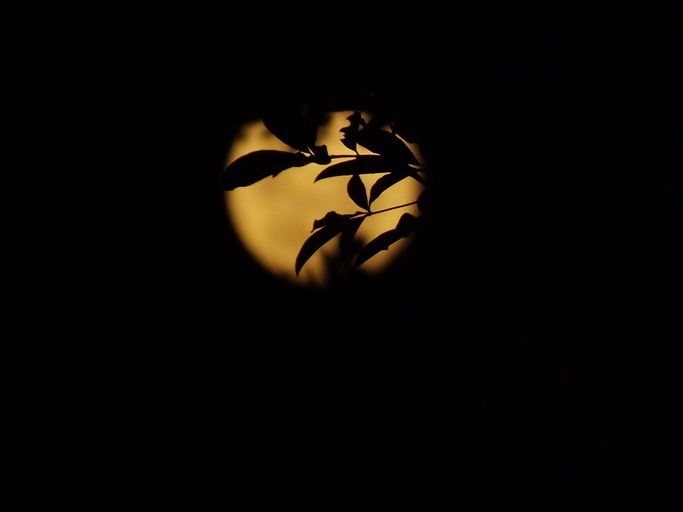Create custom soil mixes for healthy, happy plants
SEED STARTING
- 8 parts peat moss
- 1 part perlite
- 1 part vermiculite
HANGING BASKETS
WINDOW BOXES AND OUTDOOR CONTAINERS
- 2 parts garden soil
- 1 part peat moss
- 1 part vermiculite or perlite
PROPAGATING CUTTINGS
- 2 parts vermiculite
- 1 part coarse sand
BULB FORCING
- 2 parts coarse sand
- 1 part garden soil
SUCCULENTS (INCLUDING CACTI) AND ALPINES IN CONTAINERS
- 2 parts sharp builder's sand
- 1 part perlite
- 1 part heavy potting soil
- 1 part peat moss
ROSES
- (use 1 bushel per shrub)
- 2 parts sharp builder's sand
- 1 part peat moss
- 1 part composted manure
- 1 part garden soil
RHODODENDRONS AND OTHER ERICACEOUS (ACID-LOVING) PLANTS
- (use 2 bushels per shrub)
- 2 parts peat moss
- 2 parts shredded bark
- 1 part composted manure
- 1 part garden soil
- 1 part sharp builder's sand
- Add 1 cup (250 mL) h o r t i c u l t u r a l sulfur (per bushel)
- Add 1 cuc (250 mL) bloodmeal per bushel
By JUDHH ADAM
useful measurements
Pruning Tips
Remove up to one third of the thickest stems down at the base of the shrub plant to stimulate new growth. Repeat each year and you will have a healthier shrub that is reduced in size.
Prune hedges so they are narrower at the top, like an upside down v.
Moss Graffitti
You'll Need:
- Several clumps garden moss
- I can o f beer or 1 cup of yogurt (test to see which works better in your location)
- 1/2 teaspoon sugar
- I quart plastic container with lid
- Blender
MAKING IT
- Gather several clumps of moss (moss can usually be found in moist, shady places, including city sidewalk cracks) and crumble them into a blender.
- Add the beer or yogurt and sugar and blend just long enough to create a smooth, creamy consistency. Pour the mixture into a plastic container.
- Find a suitable damp and shady wall on to which you can apply your moss milkshake. Paint your chosen design onto the wall (either free-hand or using a stencil).
- Try to return to the area over the following weeks to ensure that the mixture is kept moist. Soon the bits of blended moss should begin to grow into a whole rooted plant—maintaining your chosen design before eventually colonizing the whole area.
Leaves
Think of leaves as solar collectors and water transpiration devices. Consider the leaf size, shape, and orientation when selecting the spot for your plant.
Source: Guerilla Gardening by David Tracey ISBN 978-0-86571-583-7.
Weeds
"A city lot covered with a mass of weeds can be a daunting site, but all that growth means fertitilty. If nature can grow a jungle there so can you, only it will be a jungle of plants you prefer.
The weeds already present may help you determine what kind of site you're on...Identify the weeds on a site and you can learn something about the soil condition.
Previously cultivated: lamb's quarters, plantain, chickweed, purslane, buttercup, dandelon, nettle, prostatrate, knotweed, amaranth, ragweed, mayweed, prickly lettuce, field speedwell, mallow, carpetweed.
Sandy and por: goldenrod, ononis, broom brush, yellow toad-flax, flowered aster, sandbur.
Slightly acidic: daisies, horsetails, field sorrel.
Increasingly acid and compact: sorrel, dock, horsetail, finger leaf weed, lady's thumb.
Very acid: hackweed, knapweed, cinquefoil, swampy horsetail.
Hardpan: field mustard, horse nettle, morning glory, quack grass, chamomile, pennycress.
Source: Guerilla Gardening by David Tracey ISBN 978-0-86571-583-7.
Weeds can help revel a lot about the state of your soil. The list below categorizes weeds by the soil they tend to thrive in. Once you know what type you have, it will be easierr to decide what to plant (or how to amend the soil).
Wet
- Curly dock
- Buttercup
- Horsetail
- Smartweed
- Bull sedge
- Jewelweed
Compacted
- Chicory
- Bindweed
- Burdock
- Field mustard
Acidic
- Dandlion
- Mullein
- Stinging nettle
- Cinquefoil
- Hawkweed
Alkaline
- Nodding thistle
- Stinkweed
- Pennycress
Nurtrient-poor
- wild parsnp
- sheep sorrel
- henbit
- dog fennel
Plastic Tray Seed Starter
Use plastic trays for starting seedlings. The insides of Playmobil advent calendars and some lego boxes make great plastic trays because of the small size of the spaces in the trays.
Potatoes
The proper time to hill a potato plant is when the plant is 5-6 inches high. Mound the soil around the stem to keep the tubers underneath covered and out of the sunlight.
Garden Tool Holder
Fill a pot with builder's sand and stir in some mineral oil (just enough to dampen the sand). The mixture will clean the tools and prevent corrosion and rust.
Summer
Try growing Malabar or New Zealand spinach in the summer. Although neither is really a spinach, they taste like it and won't bolt in hot weather, enabling you to harvest their greens until frost.
Storing root crops
Extending the storage life of root crops like carrots and beets is easy. After harvesting, remove the greens and brush off the excess soil. Pack them in wooden crates filled with damp sand and place the crates in a cool basement or root cellar. Be sure the roots aren't in contact with each other; this ensures that should one go "bad," the rest of the batch will not be affected.
Rules of Planting by the Moon
New Moon - Waxing to Full Moon
Plant annuals that provide harvest above the ground. Lay turf, plant roses, graft new flowering and fruit trees, plant ornamental flowers
Waxing Moon
Plant biennial and pernnial plants and root/bulb crops
Quarter Moon - Full Moon
Plant species with vining habit or bean seeds in fruits (beans, peas, cucumbers, squash, tomatoes, melons)
Full Moon - Third Quarter
Plant all root and bulb crops as well as perennials and biennials (potatoes, onions, berries). Trees and fruit trees should also be planted.
Waxing Moon
Repot houseplants, water the garden, harvest fruits.
Phenology
Phenology is the study of natural signs.
Plant corn when elm leaves are the size of a squirrel's ear.
Plant corn when oak leaves are the size of a mouse's ear.
Plant corn when apple blossoms begin to fall.
Herbs
Drying Fresh Herbs
Tie stalks of herbs into skimpy bunches with cotton string and place each bunch upside down in a large paper bag well punctured with air holes. Tie the neck of the bag tight and hang the bag with the leaves facing downward in a warm, airy place. The bag keeps light from degrading the leaves and flowers and catches any seeds that pop. Dried herbs and spices should be packed in tightly closed glass jars and kept in a cool, dark, dry place. Glass keeps aromas in and out.
Parsley Poultice
A parsley poultic should clear up a bruise within a day or two. To make, boil fresh parsley, pur the solution over clean gauze, and place the gauze on the bruise. Wrap a towel around the gauze and secure it. Keep poultice on for several hours.
Misc
Seeds: bean, pea, carrots, corn, lettuce, spinach
Divide the garden into four sections using stones.
Use spiral stakes for tomatoes
Compost on top of tomatoes
Sunflowers fill in the colour - as do morning glories, nasturtiums.
Easy Fruit Picking
Cut a 2 litre plastic pop bottle in half horizontal. Discard the bottom. Invert the top and slide the neck onto a broomstick or length of dowel; fasten in place with masking tape or string.
Upper Canada -> www.gardenscape.ca Gardener's Soap and other products
Bulbs: blue/purple
Camass - dark steel-blue
Glory of the Snow - starry blue flowers
Siberian squill - bright blue
Further Information
These are notes I made about gardening. See more gardening notes


